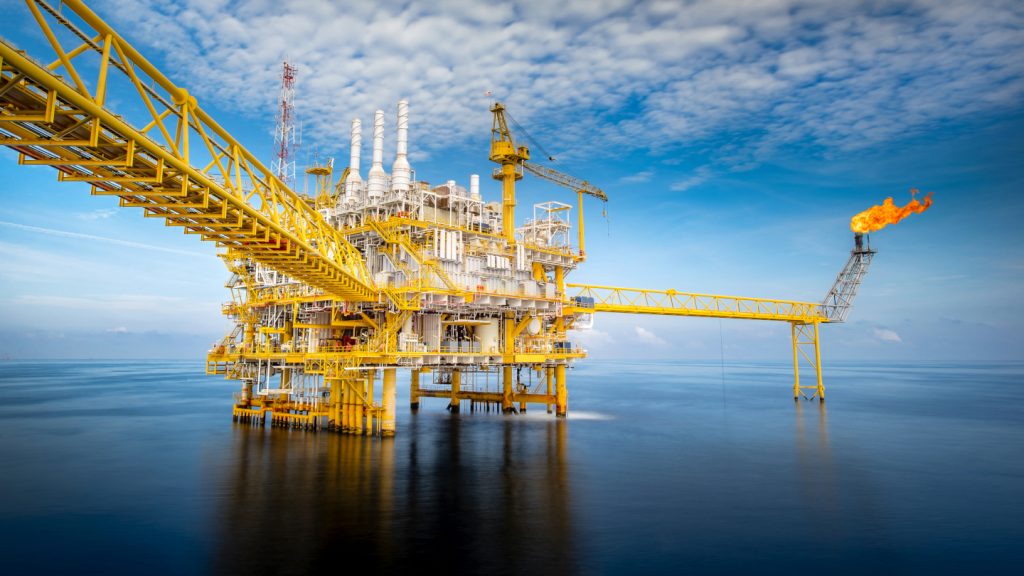Jerun is a conventional gas development located in shallow water in Malaysia and is operated by Sarawak Shell. According to GlobalData, who tracks more than 34,000 active and developing oil and gas fields worldwide, Jerun was discovered in 2016, lies in block SK 408, with water depth of around 291 feet. Buy the profile here.
The project is currently in commissioning stage and is expected to start commercial production in 2024. Final investment decision (FID) of the project was approved in 2021. The Jerun conventional gas development will involve the drilling of approximately six wells and includes fixed platform.
Field participation details
The field is owned by OMV, Petroliam Nasional, Sapura Energy and Shell.
Production from Jerun
Production from the Jerun conventional gas development project is expected to begin in 2024 and is forecast to peak in 2030, Based on economic assumptions, the production will continue until the field reaches its economic limit in 2049.
Contractors involved in the Jerun conventional gas field
Some of the key contractors involved in the Jerun project as follows.
Design/FEED Engineering: Maju Integrated Engineers Sdn
Main EPC: Petroliam Nasional
Other Contractors: KKB Engineering
About Sarawak Shell
Sarawak Shell Bhd. is a company that sells and serves petroleum products. Fuel, oils, and lubricants are available from the firm. The company is headquartered in Kuala Lumpur, Selangor, Malaysia.
For more details on the Jerun Conventional Gas Field, buy the profile here.
Data Insights
From

The gold standard of business intelligence.
Blending expert knowledge with cutting-edge technology, GlobalData’s unrivalled proprietary data will enable you to decode what’s happening in your market. You can make better informed decisions and gain a future-proof advantage over your competitors.







